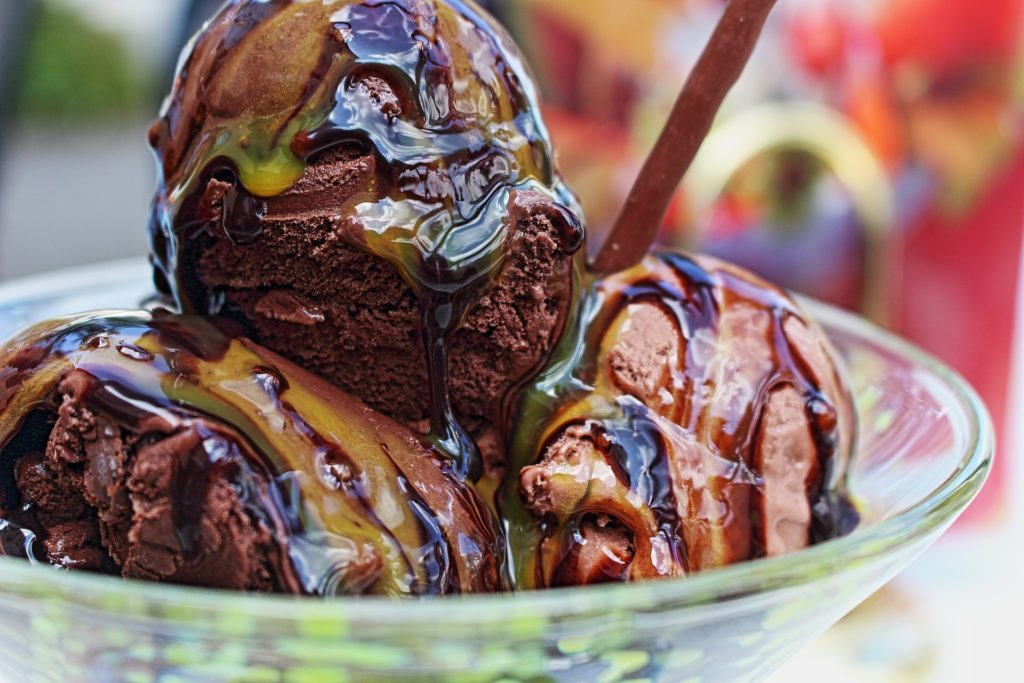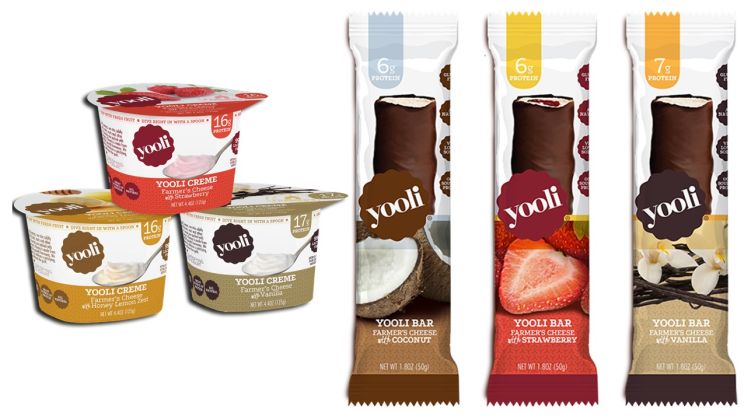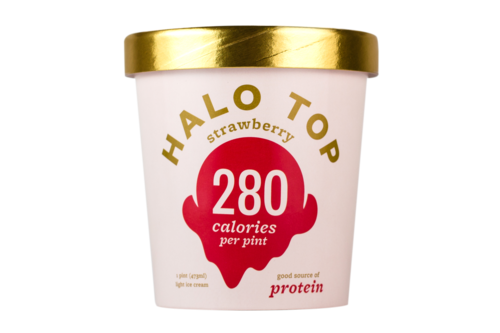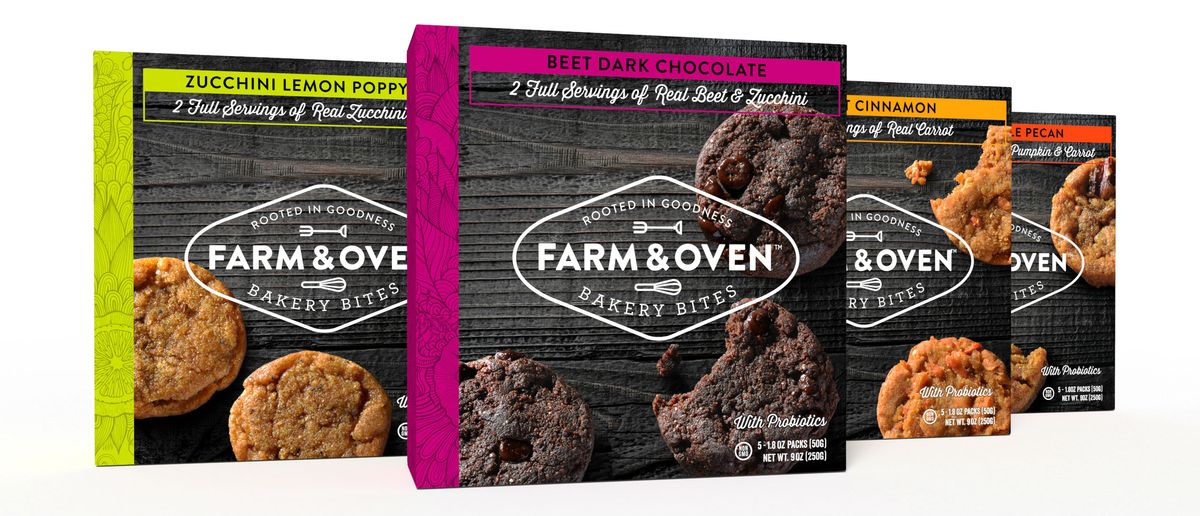This recent study on ice cream ingredients and manufacturing is sure to make consumers and frozen dessert companies scream for ice cream. Researchers from the University of Cartagena in Colombia have found a way to prolong the shelf life of ice cream products by 44 percent by adding an extremely popular ingredient in the consumer space, probiotics.
The study, published in Contemporary Engineering Sciences, was targeted at developing a new and improved version of the popular frozen dessert by adding functionality to it. Although ice cream is a well-known treat to consumers, it is also considered a guilty pleasure to them because of its high sugar content and calories. This might be why Cartagena researchers wanted to make this treat even more appealing.
The scientists analyzed the microbiological stability and sensorial acceptance of Lactobacillus bulgaricus, a type of probiotic, in aloe vera ice cream before and after the ripening step. This ripening step involves refrigerating the ice cream for 24 hours at 4⁰C after mixing, pasteurization and homogenization. This step is done to firm up the ice cream and give it a smooth texture.
Three ice cream samples were examined: one with probiotics added to it before ripening, one with probiotics added after and one without any probiotics at all. Out of these three experiments, the one with probiotics added to it before the ripening process sustained its shelf life for 26 days, which was a longer period of time compared to the other two samples. This sample also had a higher acceptability for color, taste, flavor and texture. The sample that was not treated with any probiotics lasted for 18 days.
In addition to higher acceptability, the ice cream sample with probiotics added to it before ripening encouraged the growth of probiotic bacteria between 10 and 20 days of incubation. In contrast, the sample with probiotics added after ripening encouraged the maximum growth of bacteria after 15 days of incubation, and after 20 days the growth dropped significantly. According to the researchers, the sample with probiotics added to it before ripening encouraged more bacterial growth because of a neutral pH of 7.1 and a 0.2 percent concentration of lactic acid.
These findings could significantly impact the $59 billion US ice cream market in a positive way. Although the trajectory of the American ice cream market is expected to continue to grow to nearly $75 billion by 2024, adding an additional nutritional benefit to the product is likely to increase sales. In fact, food companies are already trying to capitalize on “healthy” ice cream products, especially after Halo Top’s immense success in the US grocery industry. The top-selling ice cream brand is known to have a reduced sugar formulation with added protein and fewer calories compared to traditional ice cream products. Such qualities make this sweet treat the best of both worlds to consumers which is why competitors such as Target, Breyers, Nestlé and Coolway have developed similar products.
However, an ice cream product with additional benefits such as probiotics is sure to catch consumer attention. The coveted millennial demographic is known to actively look for probiotic-enriched food products. In fact, a recent national consumer survey found that 25 percent of American adults seek out probiotic and prebiotic rich foods and millennials have been found to be the top consumers for such products. In addition, food companies can also benefit from the fact that probiotics increase the shelf life of their ice cream products.
“The addition of probiotics promoted an increase in the shelf life of ice cream by 44 percent. The results found can bring both economic and public health benefits to the ice cream industries,” the researchers wrote in the report.












Join or login to leave a comment
JOIN LOGIN